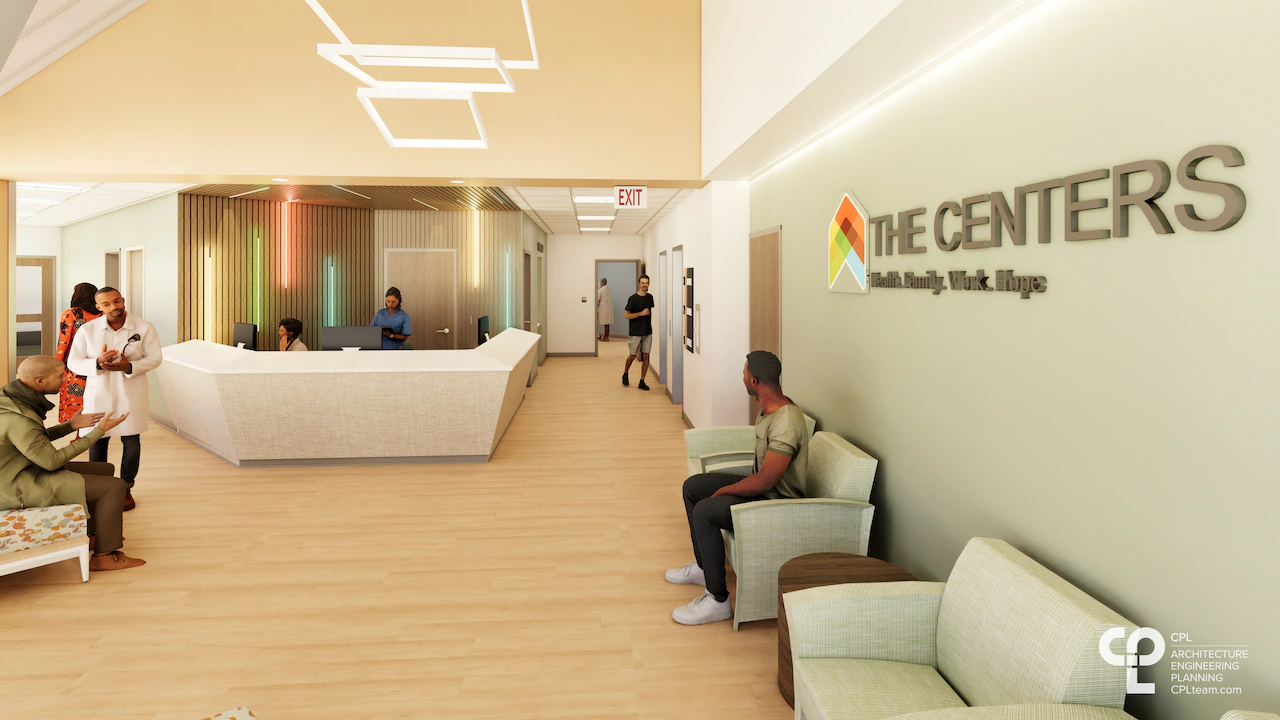Cuyahoga County bets $7M on new crisis center, risking uncertain funding, cuts to MetroHealth and other providers

CLEVELAND, Ohio – In a narrow vote Tuesday, Cuyahoga County Council agreed to gamble $7 million in opioid settlement money on a new behavioral health center that could transform the area’s crisis care — but risks draining other services and lacks a clear plan for long-term sustainability.
The measure split council 6–5. Support came from Council President Dale Miller, Vice President Yvonne Conwell, Martin J. Sweeney, Mark Casselberry, Robert Schleper and Meredith Turner. Opposing were Patrick Kelly, Michael Gallagher, Pernel Jones Jr., Michael Houser and Sunny Simon.
Much of the debate hinged not on what the county would gain, but what it could lose. At least one council member likened the dilemma to “Sophie’s Choice” — the novel and film in which a mother is forced to decide which of her two children will live and which will die.
Before the vote, Eric Morse, president and CEO of The Centers, warned that without the county’s $7 million, the new crisis facility would collapse. But approving the funding meant potentially draining money from MetroHealth’s 10-bed psychiatric emergency department in Cleveland Heights — a move that MetroHealth CEO Dr. Christine Alexander-Rager warned would force that unit to close.
She said she was originally told the new crisis center would complement MetroHealth’s services. But she later learned — through reports in cleveland.com and The Plain Dealer — that some of the services would directly compete with MetroHealth’s and likely divert the $4 million annual subsidy it receives from the Alcohol, Drug Addiction and Mental Health Services Board. She urged more careful planning.
“I simply could not justify duplicating services of other providers…,” she said.
That risk was too high for several of the council members, some of whom pointed out that the county invested $5 million to help MetroHealth open their psychiatric ED.
“I cannot turn my back on Metro; this is our safety net,” Gallagher said. “It’s a Sophie’s Choice and I choose Metro.”
Backers hoped that both would find a way to stay open but said the need for better crisis care far outweighs the risk, if they can’t.
Casselberry, Schleper and Turner cited family experiences with mental health crises for shaping their votes – “Because families like mine cannot afford gaps in care,” Turner said. President Miller, who gave the final vote in favor of the funding, said the new center will help 1,000 people a month and urged his colleagues to “look beyond the obstacles.”
“Decisions like this boil down to values; it’s about what’s really important,” Miller said. “To my mind, if we’re willing to spend $900 million, plus several hundred million dollars in interest, on a new jail, surely we should be willing to spend $7 million…for better mental health services.”
County Executive Chris Ronayne, who proposed the project, declined to comment after the vote, saying he wanted to wait out of respect for council members who did not support it.
The financial gamble
The contentious vote came after weeks of debate over the center’s long-term financial stability. Aside from the $7 million in county funding needed to finish building out the new facility, Morse projected the center would need another $12 million from the county’s remaining opioid settlement dollars and $30 million from the ADAMHS Board over its first three years of operation.
Once the county money runs out, he said the center would rely on indefinite support from the ADAMHS Board and Medicaid reimbursements to fill the void. He also expects that hospitals might eventually be compelled to chip in, given the savings they might see from fewer psychiatric patients in their ERs, though none have committed to doing so.
He reiterated the project’s sustainability at Tuesday’s council meeting, telling members ahead of the vote that, “If we prove this model to be successful, which I have no doubt we will, the funding needed will materialize.”
Skeptics, including Simon, weren’t convinced. She called the plan “reckless,” noting that it failed to account for extra costs — such as EMS runs — which she said were missing from The Centers’ projected $24 to $26 million in annual operating budget. She criticized the idea of giving money to a nonprofit at the expense of the county’s safety net hospital.
“I’m not demeaning the vision, it’s a wonderful vision, but this isn’t the time,” she said of the new crisis center.
Several council members urged delaying the vote until the funding plan was clearer, but Miller said that wasn’t an option. Morse had warned him that any further delay would halt construction and jeopardize $6.8 million in state funding. The Centers had already drawn on part of that money to keep the project moving, and if the facility doesn’t open by September 2026, it would have to repay what was spent and forfeit the rest.
“We’ve already pushed it to the limit,” Miller said. “That’s why we’ve got to vote now.”
Big vision, uncertain costs
The Behavioral Health Center is planned as a “no wrong door” hub where people in crisis can walk in, be brought in by police or EMS, or be transferred from crowded ERs and immediately receive care. It is expected to serve 12,000 to 14,000 residents a year, with most stabilized and discharged within 23 hours.
The facility will include separate wings for rapid stabilization, detox and short-term psychiatric care. A pharmacy is also planned for the site, allowing clients to leave with prescriptions in hand, increasing their chances for continued recovery.
Officials have said that the new center will ease ER crowding, reduce jail admissions, and cut down on costly inpatient stays. But critics argue it’s still unclear what programs or services might be sacrificed to pay for it.
The ADAMHS Board has not specified which providers might face cuts, beyond MetroHealth and FrontLine Service Inc., which operates a crisis unit on the city’s west side and has also raised concerns about the new facility. But even if those two are spared, as council members urged, the shortfall would have to be made up elsewhere — potentially draining funds from dozens of other support services and long-term care providers.
After the meeting, Morse told cleveland.com he is committed to working with MetroHealth – and other healthcare providers — to find a way to co-exist and support each other, adding that those conversations are ongoing but “complicated.” Ultimately, though, he said funding decisions are out of his control.
“This feels so bittersweet. This should be a moment to celebrate a program that’s going to change Cuyahoga County,” Morse said. “This is not a Centers-only project, it has never been a Centers-only project. We will work like hell to make sure we help bring people together to make this project successful and not create additional gaps.”
Council members ultimately found comfort in the fact that the immediate commitment was limited to $7 million for construction — a one-time cost that cannot be recouped if the project fails or stalls. That smaller risk allowed the project to move forward now, while buying time to resolve the larger uncertainties before council must decide whether to commit $12 million in annual operating funds.
Miller, though, encouraged his colleagues to embrace the risk for the potential greater good that may come from it.
“When we so desire, we have moved forward despite obstacles way bigger than these,” Miller said, citing two examples where the council’s gambles have paid off. “Thousands of people need mental health treatment and don’t get it…I know this model will work and help a lot of people. We can’t settle for less than we can be because of a few obstacles.”



